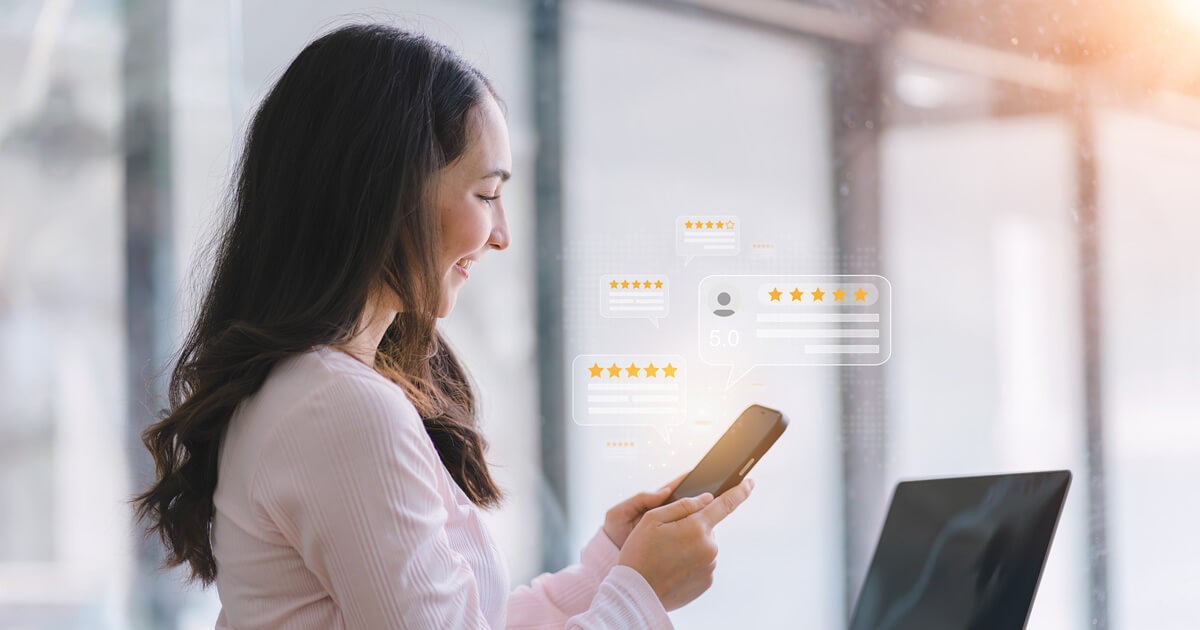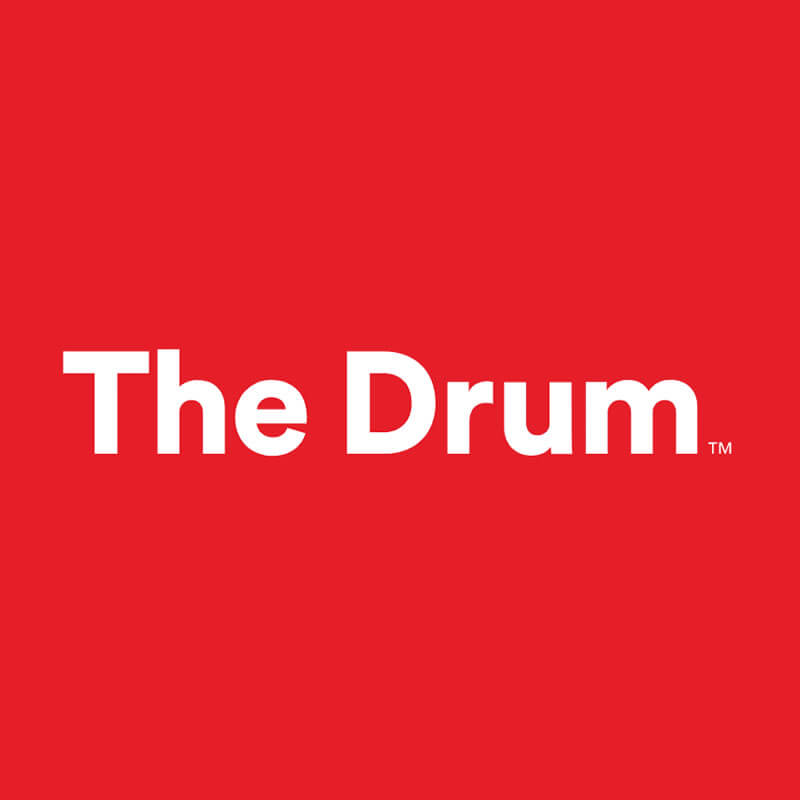It’s easy to get carried away with the tech behind the latest data clean room technologies (and let me tell you, some of it is pretty impressive). But what’s really exciting about the new generation of data clean rooms isn’t the technology itself. It’s the scale of controlled data sharing the technology enables.
Data clean rooms are effectively the connective fabric of data sharing. They facilitate collaboration across businesses, partnerships, and entities that want to share information to do business together but do not want their collaboration to compromise individual competitive advantages. Clean rooms form the ultimate win-win intersection, where two or more parties bring together data assets and use them to drive mutual benefit, and nobody is disadvantaged in the process.
This role of clean rooms is particularly relevant to the retail industry, where competition is fierce, trust is in short supply, and no one wants to give a competitor the upper hand. CPG brands and grocery stores, for instance, are partners – suppliers and customers. But in an age of e-commerce and direct-to-consumer models, they are also competing for valuable customer relationships and share of wallet.
Data clean rooms, branded as retail media exchanges for this specific use case, enable these partners to share data in a secure and privacy-conscious way and drive better outcomes on both sides without anyone losing control of their data or handing it over to a competitor. Partners benefit from sharing certain elements of data assets, like sales and marketing conversion metrics, while still protecting their own interests.
A growing awareness of clean room possibilities
At Acxiom, we’ve used clean rooms to support data collaboration for decades, but it’s only recently that many brands have really become aware of the technology and what it can do for them, specifically in partnerships. Banks, on the other hand, have used clean rooms for some time to compliantly support mergers and acquisitions.
This increased awareness is driven partly by the potential of data collaboration to enable meaningful customer engagement at a time of third-party cookie and mobile ID deprecation. But it’s also driven by the emergence of cloud-based technologies such as Snowflake, which has become a household name – at least in marketing departments – and powers one of the latest iterations of Acxiom’s data clean room solutions.
Retailers understand they can put their data in Snowflake and securely connect it with partners without having to move or transfer it. And, when the Snowflake environment is provisioned with Acxiom’s market-leading capabilities, they can also benefit from data enrichment, advanced analytics, and innovative identity solutions.
Clean rooms power retail media today
One of the best examples of how data clean rooms function, at scale, to deliver value to businesses are retail media networks or RMNs. Supporting any RMN, you’ll find a web of clean room solutions that are interoperable between the retailer and its partners.
Data clean room environments sit between the retailer and the brands that are advertising on the RMN, enabling “bring-your-own-data” capabilities. Imagine a brand like Hershey has a website where customers can sign up for regular recipe ideas – ultimately generating a curated first-party data asset. Hershey can safely and ethically bring that asset to a retail partner RMN clean room and intersect it with its data to unlock better value from its advertising campaigns.
Clean room technology also sits between the retailer and its publishing partners. Combining inventory, viewing, and exposure behavior from the publisher’s data with the retailer’s data ensures campaigns reach the right audiences and also enables the impact of viewers and interactors with those campaigns to be measured.
Essentially, an RMN is a highly sophisticated data clean room that allows multiple partners to combine assets and enable engagement that benefits everyone – people, households, retailers, suppliers, publishers, and partners.
There’s a common misconception among CPG brands that they can use RMNs to bring sales behavior – at a person and/or household level – internally to use in their own ecosystems. But as I explained in more detail in a previous blog post, this was never the intention. CPG brands get enormous benefits from these networks, but RMNs are built and hosted by retailers to drive better offers to customers that will, in turn, drive more trips and bigger baskets in their retail network. By collaborating with suppliers to share conversion behaviors and metrics, supplier marketing efforts drive more efficient sales for all. RMNs are the perfect example of the win-win nature of clean rooms, where all partners benefit without anyone giving away data in a way that is detrimental to their own interests.
Clean rooms enable opportunities for tomorrow
Every day, things we take for granted are enabled by data sharing. And in turn, this data sharing is usually enabled by data clean rooms.
Take smartphones as an example. There is continual data sharing between the device’s operating systems, owned by the likes of Apple or Google, and the apps that sit on the device. Every time you’re asked whether a particular app can access your location, for example, location data is shared between the operating system and the app.
Think of these interactions as data handshakes, where just enough data is exposed in a secure environment to enable the app to work effectively without giving away unnecessary information. Some of the largest data clean rooms are likely being run by Apple and Google because so many people depend on their device technologies. We can extend this smartphone example to other devices, such as smart TVs and home appliances, which are also app-enabled.
From a retail food point of view, one of the most interesting connected appliances is the smart refrigerator. Some of Samsung’s smart refrigerators models, for example, allow people to see inside their refrigerator from anywhere, plan meals based on what they have available, add items to their grocery list, and control other smart home devices from the touchscreen in the door.
It’s not hard to imagine a time when people’s refrigerators will be able to identify the groceries they need and present them with a range of alternatives for replenishing those items. It might provide options for three different retailers that can fulfill the order – say, Instacart, Amazon, and Walmart – and present the price and delivery timeframe for each of the three, allowing people to make a decision based on their immediate needs. It could also give these retailers the opportunity to upsell, maybe offering a special offer or discount on a new variety of a product a person is about to run out of. In that scenario, Samsung could then operate as a marketplace allowing retailers, brands, and people to connect for their individual benefit. Now THAT is a trend to pay attention to as I’m sure other device owners, like Amazon and Google, are already considering the potential gains to their business through the continued expansion of their smart device product suites.
All of this will require secure and privacy-conscious data sharing in the background, and all that data sharing will be enabled by data clean rooms.
Data sharing that benefits all
When we think of data clean rooms not just as a technology but as the connective fabric that enables data sharing, it’s clear the possibilities are endless. The important thing is to ensure the data clean room environments are provisioned with the right security, privacy, analytics, data enrichment, and identity capabilities to truly create a win-win intersection for both people and all partners.




